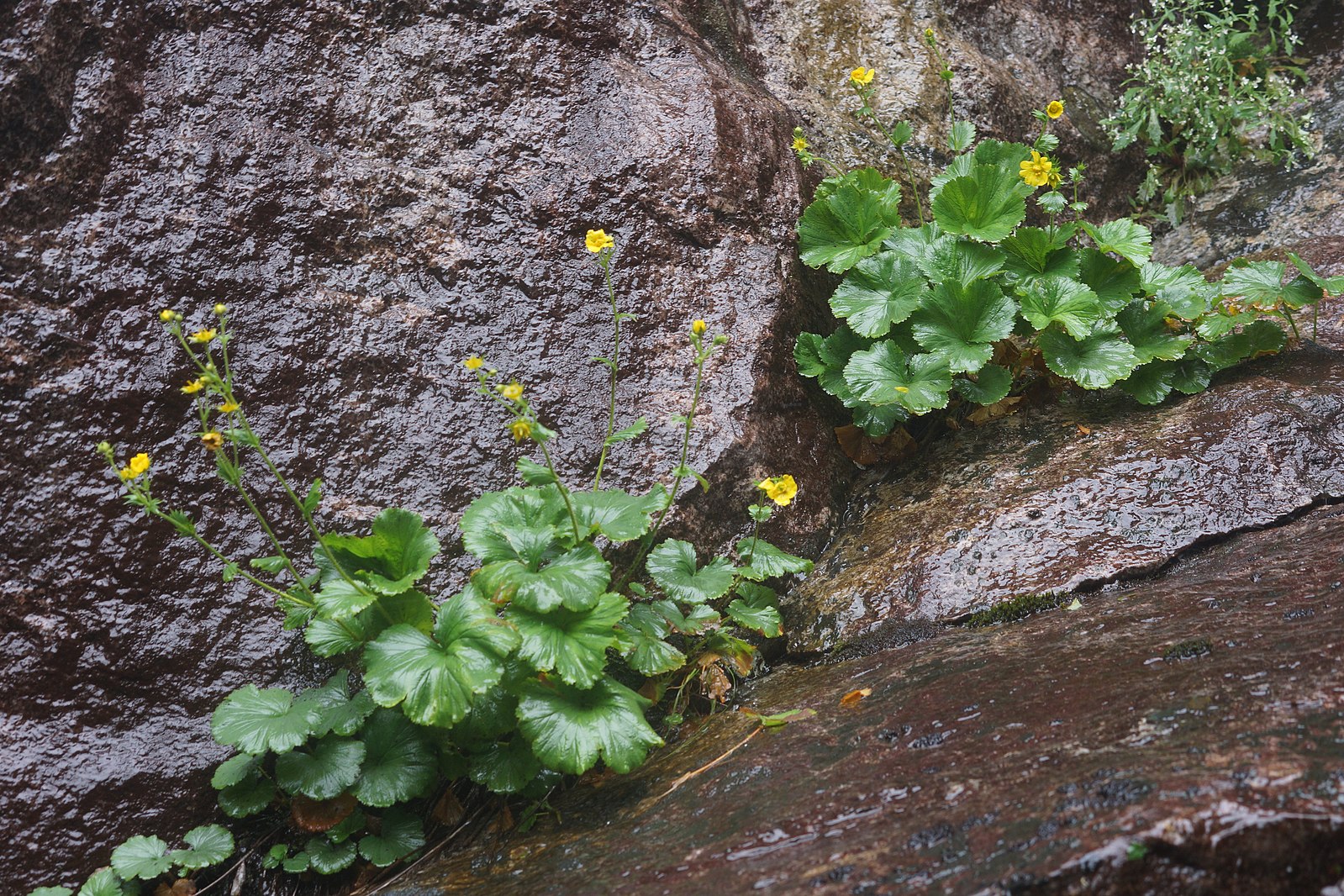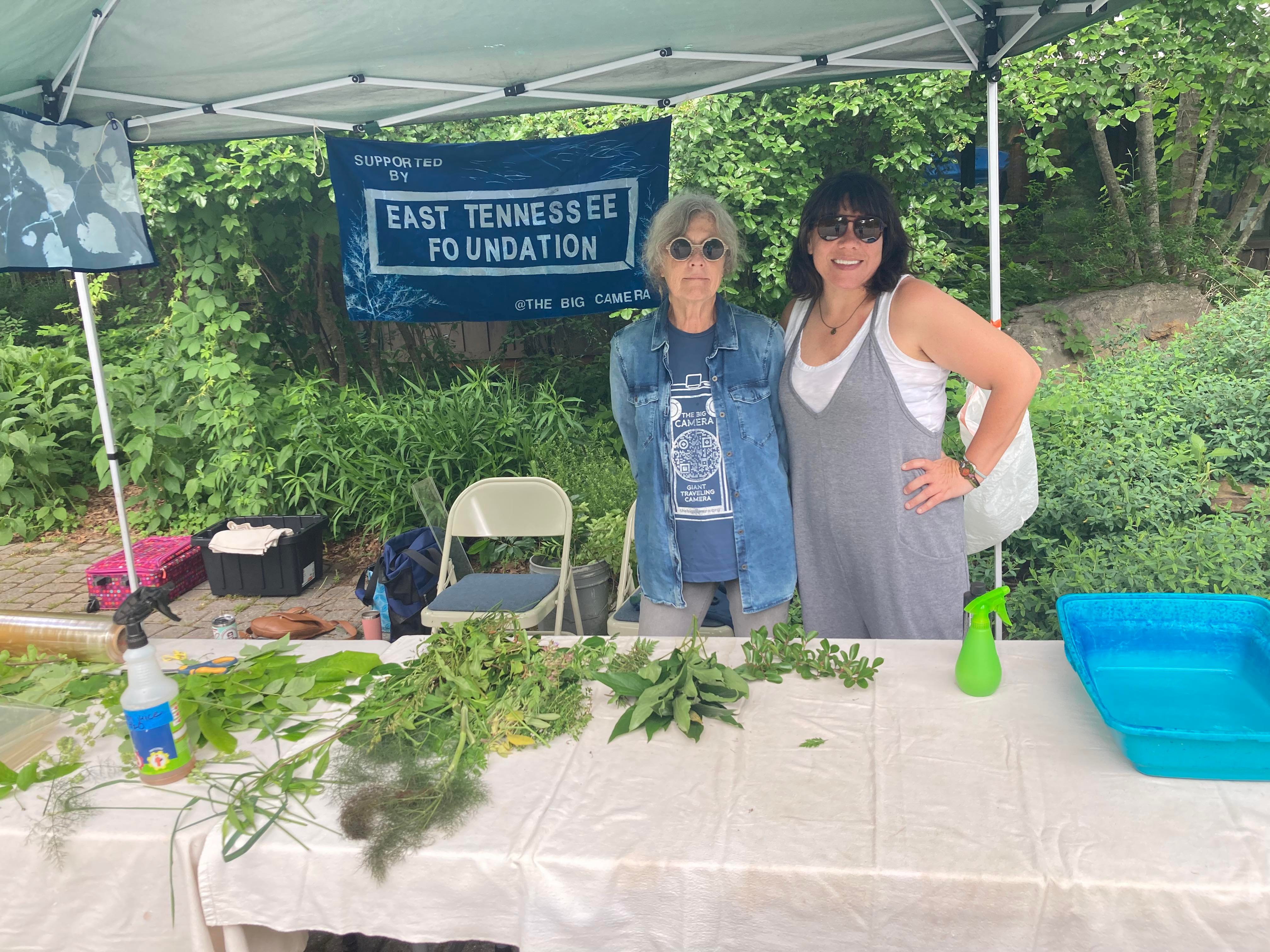
Sustainable Development Goals (497)
The Sustainable Development Goals are a universal call to action to end poverty, protect the planet and improve the lives and prospects of everyone, everywhere. The seventeen Sustaiable Development Goals (SDG) were adopted by all UN Member States in 2015, as part of the 2030 Agenda for Sustainable Development which set out a 15-year plan to achieve the Goals.
Children categories

2 Zero Hunger (13)
End hunger, achieve food security and improved nutrition and promote sustainable agriculture

3 Good Health and Well-Being (65)
Ensure healthy lives and promote well-being for all at all ages

4 Quality Education (45)
Ensure inclusive and equitable quality education and promote lifelong learning opportunities for all

6 Clean Water and Sanitation (34)
Ensure availability and sustainable management of water and sanitation for all

7 Affordable and Clean Energy (35)
Ensure access to affordable, reliable, sustainable and modern energy for all

8 Decent Work and Economic Growth (10)
Promote sustained, inclusive and sustainable economic growth, full and productive employment and decent work for all

9 Industry, Innovation and Infrastructure (30)
Build resilient infrastructure, promote inclusive and sustainable industrialization and foster innovation

11 Sustainable Cities and Communities (162)
Make cities and human settlements inclusive, safe, resilient and sustainable

12 Responsible Consumption and Production (58)
Ensure sustainable consumption and production patterns

14 Life Below Water (83)
Conserve and sustainably use the oceans, seas and marine resources for sustainable development

15 Life on Land (152)
Protect, restore and promote sustainable use of terrestrial ecosystems, sustainably manage forests, combat desertification, and halt and reverse land degradation and halt biodiversity loss

16 Peace, Justice and Strong Institutions (31)
Promote peaceful and inclusive societies for sustainable development, provide access to justice for all and build effective, accountable and inclusive institutions at all levels

17 Partnerships for the Goals (20)
Strengthen the means of implementation and revitalize the global partnership for sustainable development
Tennessee Aquarium diversifies its scientific assets
Written by Casey Phillips Jim Hill Fellow for Conservation Breelyn Bigbee holds a viewing window with a logperch in Long Swamp Creek while conducting fieldwork in search of bridled darters near Jasper, Georgia. Tennessee Aquarium
Jim Hill Fellow for Conservation Breelyn Bigbee holds a viewing window with a logperch in Long Swamp Creek while conducting fieldwork in search of bridled darters near Jasper, Georgia. Tennessee Aquarium
Tennessee Aquarium fellowships bring minorities into the science space
CHATTANOOGA — Never let it be said that all summer jobs are created equal.
Squatting on his heels to dangle the flexible hose of an environmental DNA pump into a briskly flowing North Georgia stream, the last few weeks have been anything but ordinary for Spencer Trimpe. With the pump’s droning motor steadily collecting a sample of water to filter out genetic traces of the stream’s inhabitants, he doesn’t bother holding back a smile.
A lanky junior biology major from Thomas More University, Trimpe is one of two students selected as part of the Tennessee Aquarium’s George Benz Aquatic Ecology Fellowship. Instead of manning a cash register or waiting tables this summer, he’s assisting freshwater scientists from the Tennessee Aquarium Conservation Institute with a variety of research projects.
Cumberland wildlands grow in popularity and boost area economies
Written by Thomas Fraser
2021 economic numbers prove small parks have big impacts
ONEIDA — Both the Obed National Wild and Scenic River and Big South Fork National River and Recreation Area offer wilderness options free of the hassles associated with Great Smoky Mountains National Park, the most visited national park in the country.
The Cumberland Plateau-area destinations continue to grow in popularity as more tourists seek solace in nature, a trend that began during the Covid-19 pandemic.
Those tourists also spend millions of dollars in nearby rural communities, some of which face chronic economic challenges.
Rare bipartisan legal effort under way for widespread wildlife protections
NYT: Recovering America’s Wildlife Act a big bipartisan push to preserve animal species
New York Times columnist Margaret Renkl noted recently that a precious opportunity has presented itself to strengthen wildlife-protection laws and add to environmental protections across the nation.
The Nashville-based journalist said the act, known as RAWA, “is poised to become the single most effective tool in combating biodiversity loss since the Endangered Species Act.” The resolution is carried in the House by Michigan Democrat Rep. Debbie Dingell.
“This bill provides funding for (1) the conservation or restoration of wildlife and plant species of greatest conservation need; (2) the wildlife conservation strategies of states, territories, or the District of Columbia; and (3) wildlife conservation education and recreation projects,” according to the U.S. Congress.
Lost and found: The long-awaited return of the robust redhorse
Written by Ethan Hatchett
Georgia’s Ocmulgee River is a case study in the decline of Southern river fisheries, and their revival
Ethan Hatchett is a writer for the Georgia Department of Natural Resources.
MACON — The Ocmulgee River has changed. The cloudy water once ran clear. The sandy bottom was once rocky. Fish swam upriver to breed from places as distant as the Altamaha River, which the Ocmulgee and Oconee rivers join to form near Lumber City and the Atlantic Ocean.
European settlement changed the river. Centuries of agriculture and development stripped away much of the land’s vegetation that filtered the flow, causing the Ocmulgee to fill with sediment. The soil particles gradually moved through the waterway, covering gravel that fish spawned in, smothering fishes’ eggs, mucking up the water and even building up on the banks, saturating the ground with sediment.
It is impossible to know how many freshwater fish the Ocmulgee lost since the first Europeans arrived. Many species disappeared without being discovered. Yet on a clear afternoon in May, DNR aquatics biologist Paula Marcinek led a team on the upper Ocmulgee in search of robust redhorse, a “lost” fish found in 1991.
Read DNR’s blog post about efforts to restore the robust redhorse, plus news of a new grant that will expand the work and rare video of these fish spawning.
SACE released its annual utility decarbonization tracking report, and it’s not pretty
Written by Heather Pohnan and Maggie Shober Bloomberg reports that methane leaks from the natural gas sector may be far worse than estimated by the EPA. While replacing coal-fired power plants with natural gas ones reduces air pollution it may not help at all with climate change because methane is 30 times more effective as a greenhouse gas than CO2. Image source: Kayrros SAS
Bloomberg reports that methane leaks from the natural gas sector may be far worse than estimated by the EPA. While replacing coal-fired power plants with natural gas ones reduces air pollution it may not help at all with climate change because methane is 30 times more effective as a greenhouse gas than CO2. Image source: Kayrros SAS
Report: Many utilities are not reducing carbon emissions despite public assurances to the contrary
KNOXVILLE — Global greenhouse gas emissions must peak by 2025 and experience rapid and deep reductions to avoid a potentially catastrophic future, according to a new analysis by air-quality and climate advocates. Emissions must reach net zero by the early 2050s to limit warming to 1.5 degrees (C) in order to avoid the worst impacts of the climate crisis.
Many utilities and municipalities have acknowledged this dynamic, but the Southern Alliance for Clean Energy s fourth annual “Tracking Decarbonization in the Southeast" report highlights that current utility resource plans are not in line with this overarching target. Obstacles to getting utilities on track that are discussed in our report include: increasing reliance on fossil gas, underutilizing energy efficiency, and placing limitations on popular technologies such as rooftop solar. There’s still a lot of work to do before any Southeast utility is on track to decarbonize.
 Spreading avens are seen in bloom in the Appalachians. The endangered long-stemmed perennials survive in higher mountain elevations but their lack of space to move higher in elevation in times of climate change and warming further threaten the plant. USFWS
Spreading avens are seen in bloom in the Appalachians. The endangered long-stemmed perennials survive in higher mountain elevations but their lack of space to move higher in elevation in times of climate change and warming further threaten the plant. USFWS
It’s not just the coastlines that are recording climate change. Even the mountains of North Carolina are feeling the heat — including some endangered plants
“Atlanta reporter Dan Chapman retraced John Muir’s 1867 trek through the South, including the naturalist’s troubling legacy, to reveal environmental damage and loss that’s been largely overlooked.” This is an excerpt published by The Revelator from his book, A Road Running Southward: Following John Muir’s Journey Through an Endangered Land.
BOONE — It’s a wonder anything survives the ice, snow, and winds that pummel the ridge, let alone the delicate-seeming yellow flowers known as spreading avens.
The lovely, long-stemmed perennials are exceedingly rare, officially listed as endangered, and found only in the intemperate highlands of North Carolina and Tennessee. They sprout from shallow acidic soils underlying craggy rock faces and grassy heath balds. At times blasted with full sun, but mostly shrouded in mist, the avens are survivors, Ice Age throwbacks that refuse to die. Geum radiatum is only known to exist in fourteen places, including hard-to-find alpine redoubts reached via deer trail or brambly bushwhacking.
New SACE report documents shortfalls and headwinds against utility decarbonization
Written by Amy RaweSouthern Alliance for Clean Energy's fourth annual “Tracking Decarbonization in the Southeast: Generation and Carbon Emissions” report will be released Wednesday, June 22
Amy Rawe is communications director for Knoxville-based Southern Alliance for Clean Energy.
KNOXVILLE — The report examines power-sector generation and emissions throughout the Southeast, which is home to some of the biggest utility systems in the nation, including Duke Energy, Southern Company, NextEra Energy, and the Tennessee Valley Authority.
Many of these Southeastern utilities have been in the national spotlight for their professed commitment to decarbonization, but there are often inconsistencies between stated goals and resource plans.
Tennessee Aquarium marks a milestone in its effort to bring native brook trout back to mountain streams
Written by Casey Phillips Reintroduction Assistant Kaylee Clayton, left, Jim Hill Fellow for Conservation Anthony Hernandez, center, and Reintroduction Biologist Teresa Israel cross a stream during a Southern Appalachian brook trout release. Tennessee Aquarium
Reintroduction Assistant Kaylee Clayton, left, Jim Hill Fellow for Conservation Anthony Hernandez, center, and Reintroduction Biologist Teresa Israel cross a stream during a Southern Appalachian brook trout release. Tennessee Aquarium
Emblematic brook trout get a second chance at home in Southern Appalachian streams
Casey Phillips is a writer for the Tennessee Aquarium.
CHATTANOOGA — A team from the Tennessee Aquarium, Tennessee Wildlife Resources Agency and Trout Unlimited hiked along — and occasionally waded through — a pristine tributary of South Fork Citico Creek in Cherokee National Forest.
Navigating an obstacle course of tangled mountain laurel branches and moss-slickened boulders in late May, the team followed the stream as it gently descended through the Appalachian uplands. When a calm pool or shaded rocky overhang presented itself, they paused to dip their nets into five-gallon buckets filled with wriggling juvenile Southern Appalachian brook trout.
These little fish, raised to about two inches over six months, were the focus of more than six months of work at the Tennessee Aquarium Conservation Institute and the impetus for the hours-long trek into the East Tennessee woods.
Hot weather doesn’t always equal evidence of climate change, but the puzzle is almost complete
Written by JJ Stambaugh
TVA sets record power day for June as region swelters and common sense degrades
This story was originally published by Hard Knox Wire.
KNOXVILLE — City residents this week joined scores of others around the world — from the Southwest United States to the Indian subcontinent — sweltering through late spring with eyes toward a summer that portends to be very hot.
Whether directly attributed to climate change or not, the heat waves are causing untold misery in locations across the Northern Hemisphere, straining power grids to the brink and causing a sharp rise in heat-related illnesses.
Knoxville Utilities Board asked this week that consumers curtail their electricity use by setting their thermostats a little higher and holding off until night on energy-sucking tasks like doing laundry or running the dishwasher. That request was met in many cases with derision and unsubstantiated claims that charging electric vehicles had overburdened energy infrastructure.
So exactly how hot is it in East Tennessee and how bad is it going to get?
More...
Smokies rangers kill bear after it hurts Elkmont campers while seeking food
Written by Thomas Fraser6-minute video about what to do if you see a black bear
Smokies officials say euthanized bear was overweight and seeking human food
GATLINBURG — Great Smoky Mountains National Park wildlife biologists and park rangers responded to Elkmont Campground on Sunday (June 12) after a peculiarly large black bear injured a toddler and her mother sleeping in a tent.
Wildlife biologists captured the responsible bear, and it was euthanized Monday, June 13, according to a news release from the park service.
“The bear weighed approximately 350 pounds, which is not standard for this time of year, suggesting the bear had previous and likely consistent access to non-natural food sources,” said Lisa McInnis, resource management chief.
In throwback to early naturalist techniques, The Big Camera helps us picture plants under the sun
Written by Ben Pounds Donna Moore and Anna Lawrence are pictured at The Big Camera event in May at Ijams Nature Center in South Knoxville. Ben Pounds/Hellbender Press
Donna Moore and Anna Lawrence are pictured at The Big Camera event in May at Ijams Nature Center in South Knoxville. Ben Pounds/Hellbender Press
Lessons in early and enduring photo techniques are an organic way to spread the arts and cultivate love of nature
KNOXVILLE — Donna Moore and Anna Lawrence showed people how to take photos with the sun.
The method, demonstrated this spring at Ijams Nature Center, involved putting one or more leaves on photo paper and spraying it with two sprays. One spray contained lemon and water. The other contained water with vinegar.
Children then placed these leaves on wet photo paper in the sun. The sun’s light gives a permanent impression of the leaf on the paper.
Initial Advance Knox growth studies available for review

KNOXVILLE — The Advance Knox State of the County Report outlining the conditions and trends that are currently impacting the lives, work, and travel of Knox County residents has been completed and is available on the project website.
The report provides a detailed overview of the county’s geography, demographics, economic well being, and infrastructure. The result is a thorough summary of population, land utilization, development potential, economic growth, employment, housing, and infrastructure data.
“This report is a baseline, a starting point, the first step in creating a new comprehensive land use and transportation plan for Knox County,” said Knox County Mayor Glenn Jacobs. “It shows us where we are and will help us determine the most responsible ways to manage future development and infrastructure.”
 City of Knoxville
City of Knoxville
Recycling rates are at a high, but challenges remain
This article was provided by city of Knoxville Deputy Communications Director Eric Vreeland.
KNOXVILLE — How do city residents do recycling? Successfully, enthusiastically and smartly, according to two measurements:
— Nearly 55 percent of eligible households are now signed up for curbside recycling, which is an all-time high representing about 33,000 families.
— A Feb. 11, 2022 analysis found that non-recyclable materials make up only 16.8 percent of what goes into Knoxville curbside recycling carts. That’s better than the national average of 25 percent.



